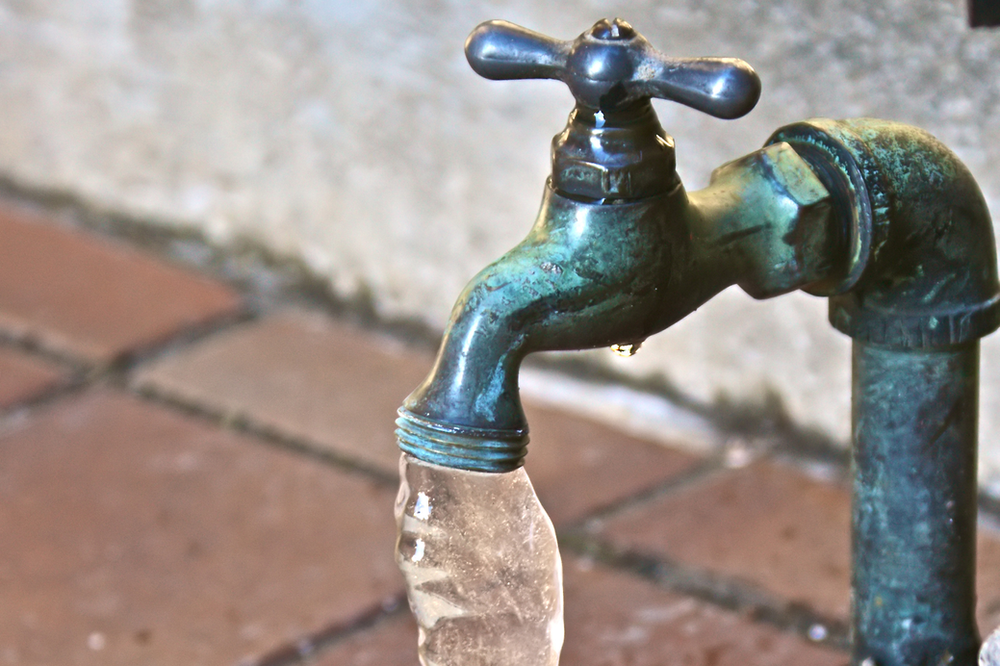Have you been trying to find information around Plumbing basics: How your home plumbing works?

Plumbing is a vital element of any kind of home, in charge of providing tidy water for drinking, cooking, and bathing, in addition to getting rid of wastewater securely. Comprehending the fundamentals of home plumbing is necessary for each house owner to make sure appropriate maintenance, troubleshooting, and, if necessary, repair services. In this novice's guide, we'll cover the fundamental principles of home plumbing to aid you end up being much more knowledgeable about how it functions.
Water System
The water system brings tidy water into your home from a municipal water resource or an exclusive well. It includes a main water line that attaches to your home's plumbing system, generally located underground. A water meter determines the amount of water eaten, while a shut-off shutoff allows you to regulate the flow of water into your home.
Plumbing Components
Plumbing fixtures are tools that provide water to different parts of your home and include sinks, taps, bathrooms, showers, bathtubs, and devices such as dishwashers and cleaning devices. Each fixture is attached to the water system system through pipelines and fittings and might have its shut-off valve for upkeep or emergency situations.
Water Heating System
The water furnace is accountable for home heating water for domestic usage, including showering, cooking, and cleansing. Common kinds of water heaters include tank-type hot water heater, tankless (on-demand) water heaters, and heat pump hot water heater. The hot water heater is linked to the water system and provides warm water to plumbing fixtures as needed.
Water drainage System
The drainage system gets rid of wastewater from your home and lugs it away to a sewage therapy facility or septic tank. It consists of a network of pipes, installations, and fixtures that transfer wastewater from plumbing fixtures to the major sewage system line or septic system. Appropriate water drainage is important to avoid obstructions, backups, and sewage leakages.
Air flow System
The ventilation system helps preserve appropriate atmospheric pressure and prevent sewer gases from entering your home. Vent pipelines, additionally known as vent heaps, expand from plumbing components to the roof, enabling drain gases to get away securely outdoors. Ventilation pipes also enable air to go into the water drainage system, promoting smooth wastewater flow and avoiding suction or vacuum effects.
Common Plumbing Tools
Having the right tools available is necessary for executing standard plumbing repairs and maintenance tasks. Usual plumbing devices consist of flexible wrenches, monkey wrench, pliers, pipeline cutters, hacksaws, bettors, augers (or drainpipe serpents), and Teflon tape. Having these devices easily available can help you tackle minor plumbing concerns efficiently.
Standard Plumbing Repairs
While some plumbing repairs may call for specialist help, lots of typical problems can be attended to with basic DIY techniques. Learning just how to deal with a dripping tap, unclog a drain, change a commode flapper, or fix a leaking showerhead can save you money and time on plumbing fixings.
Verdict
Comprehending the essentials of home plumbing is essential for every single home owner to keep a risk-free, functional, and reliable plumbing system. By acquainting yourself with the water supply system, plumbing components, drain system, ventilation system, usual plumbing tools, and standard fixings, you can with confidence deal with small plumbing problems and ensure your home's plumbing system runs smoothly.
Understanding Basics of Home Plumbing System: A Beginner's Guide
The Main Components of Your Home Plumbing System
The Water Supply System
This system is responsible for transporting fresh water into your home. It usually has a main water line that splits into two branches: one directed towards cold water services and the other connected to a water heater for hot water. The pressure is key here; it ensures water reaches all parts of your house.
The Drainage System
Once water has been used, it becomes wastewater that needs to be removed from your home. This is where the drainage system comes into play. It includes all the pipes that carry wastewater and sewage away from your house to sewage treatment facilities or septic tanks.
The Vent System
The vent system prevents sewer gases from entering your home and helps maintain the pressure balance that allows wastewater to flow out properly. These vents usually exit through the roof of your house.
Water Heating System
For those who enjoy hot showers or using hot water for cleaning, the water heater is a crucial part of the plumbing system. It can be a tankless system, which heats water on demand, or a traditional water tank model.
Common Plumbing Problems and Basic Troubleshooting
Plumbing systems, while designed to be durable, can face issues like clogged drains, leaky faucets, or low water pressure. Here are some basic troubleshooting tips:
Clogged Drains
Use a plunger or a plumber's snake to try and dislodge whatever is blocking the drain. Regular cleaning can prevent clogs.
Leaky Faucets
Often caused by worn-out washers or gaskets, these can usually be replaced by someone with basic DIY skills.
Low Water Pressure
This might be due to sediment build-up in your fixtures or a leak somewhere in your water line. Cleaning out aerators or seeking a professional to detect leaks might be necessary.
Preventive Maintenance Tips
Maintaining your plumbing system is key to avoiding emergencies. Regularly check for leaks, avoid disposing of grease down the sink, and have your system inspected by a professional plumber at least once a year.

I'm certainly very taken with and I hope you appreciated the blog post. Are you aware of another individual who is excited about the topic? Why not promote it. I truly appreciate your readership.
Schedule Now!
Comments on “Deciphering the Core Concepts of Home Plumbing: A Beginner's Overview”